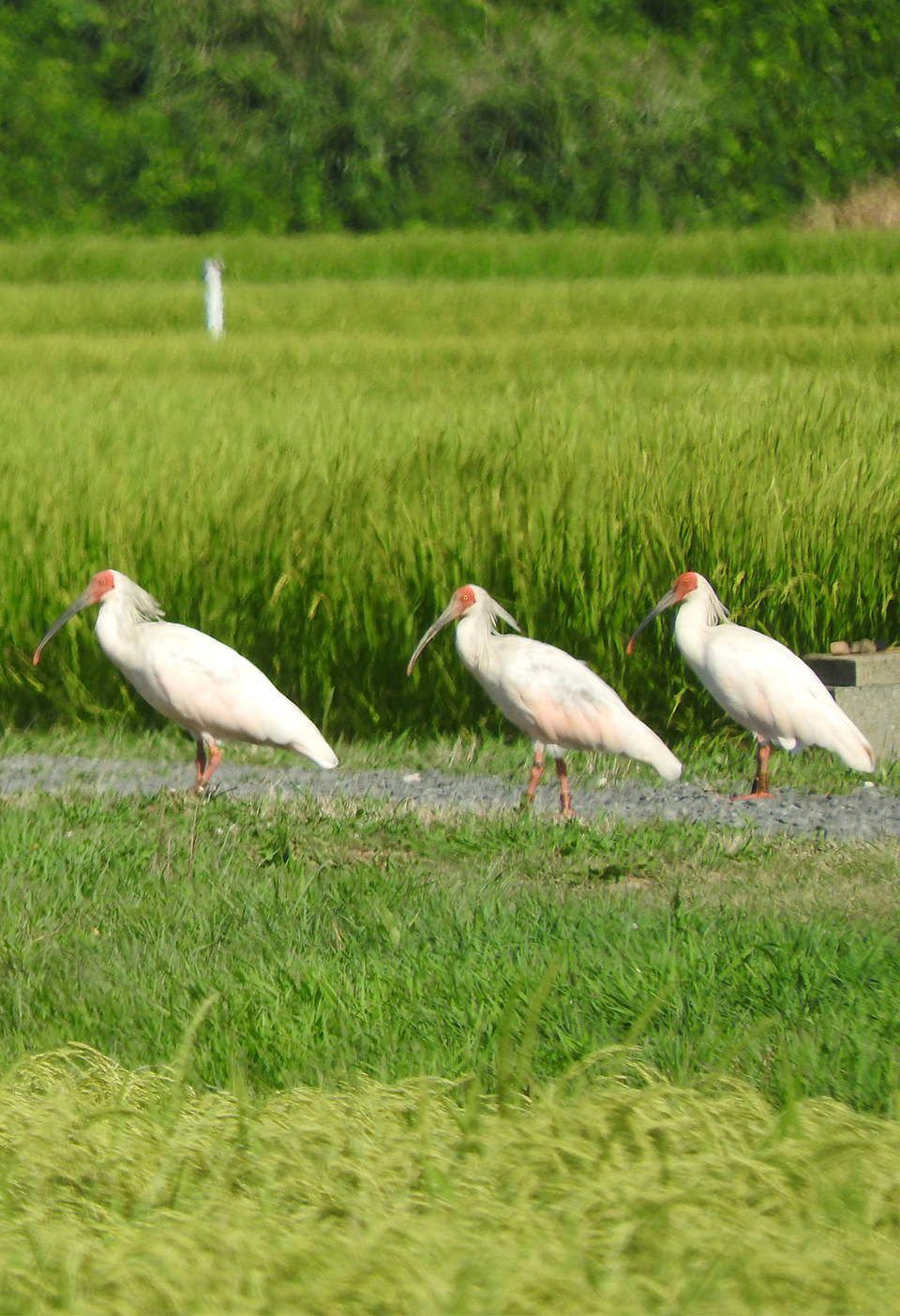Terraced Rice Paddies Owner System
- Shiroyone, Japan

ABOUT THIS ISSUE
There is a shortage of agricultural workers due to the declining birthrate and aging population
SOLUTION
Terraced rice paddies owner system contributes to the preservation of the agricultural landscape and to the revitalization of the local community
Senmaida rice paddies built in a landslide zone
In the Shiroyone area, rice paddies are grown on slopes at 4 to 60 meters above sea level with an average incline of about 14 degrees. The coastal area of this area is also a landslide zone. Since 1970, the Ishikawa Prefectural government has been implementing landslide prevention measures, and five water collection wells have been installed to drain the groundwater that contributes to landslides. Later, the Ministry of Agriculture, Forestry, and Fisheries carried out coastal protection works, and land subsistence has now been reduced to about 1 cm per year.
Irrigation mechanism to moisten the rice fields
The Shiroyone rice paddies were originally developed around 1632 using the Taniyama and Sasora water systems, which are said to have been constructed by a civil engineer working for a local leader at the time. The water for the terraced rice paddies is taken by a simple weir from a nearby stream that originates from the 424-meter northeast slope. The water is guided by a canal and is deposited at the topmost paddy field of the terraced rice field group. It is then distributed through the water outlet, flowing from the upper paddy to the lower paddy field. Originally, the waterway was dug directly into the ground, but around 1970, the prefectural government upgraded it to a concrete channel. The Shiroyone district has an abundant water source and there was only one village, so there were no water conflicts.
“Rice Paddies Owner System”
Rice cultivation in the Shiroyone rice paddies requires a lot of labor, time, and effort. For this reason, it has become difficult to preserve the rice terraces in rural areas, where the population is aging and there is a shortage of people to carry on the farming tradition. In order to conserve the terraced rice paddies, an NGO formed by local residents started the “Rice Paddies Ownership System”. Members pay an annual fee to rent abandoned rice fields and cultivate them as owners. There are seven cultivation activities per year, such as preparing the rice field, planting, weeding, and harvesting. Participation in these activities is not mandatory, and members can participate whenever it is convenient for them. The number of members in this ownership system is increasing every year, and more than half of them are urban residents. The system contributes not only to the preservation of the agricultural landscape of Shiroyone, but also to the revitalization of the local community by increasing income and creating jobs in the rural areas through urban-rural humanitarian exchange and sales of local specialties. It also contributes greatly to attracting tourists to the area.





